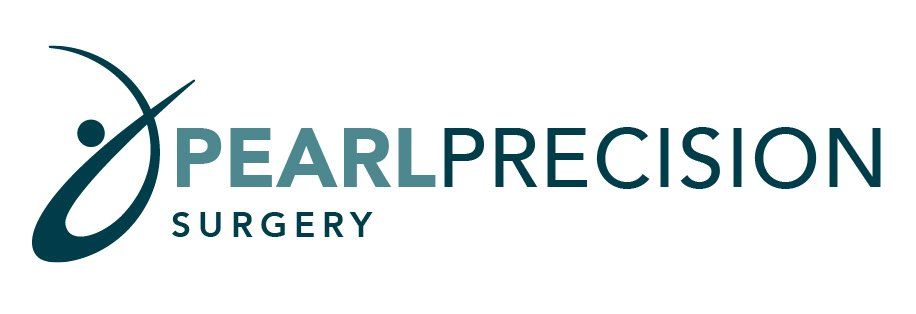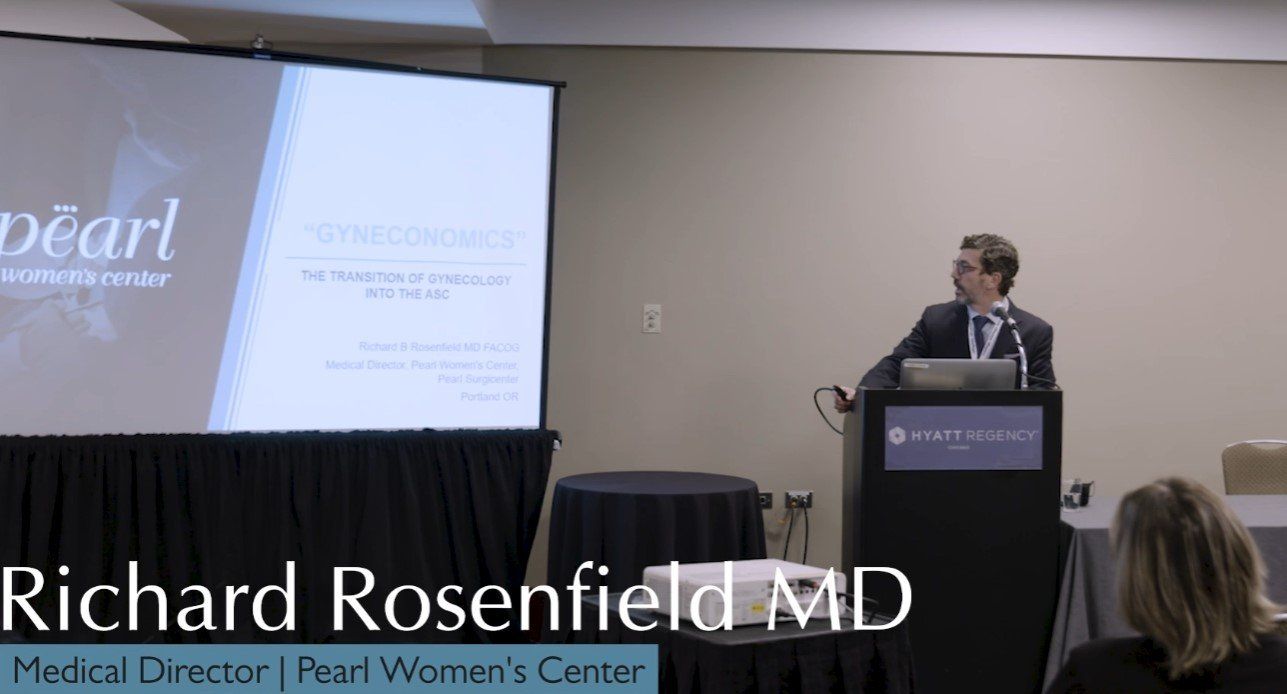As seen on Medscape
Laparoscopic Hysterectomy With Morcellation vs Abdominal Hysterectomy for Presumed Fibroid Tumors in Premenopausal Women: A Decision Analysis
Siedhoff MT, Wheeler SB, Rutstein SE, et al Am J Obstet Gynecol. 2015;212:591.e1-8
Background
Hysterectomy is the most common major gynecologic surgery. [1] It can be performed by laparotomy, laparoscopy, or the vaginal route. The route of surgery depends on multiple factors. The disease itself, pathologic ovarian findings, previous reproductive and operative history, presence of endometriosis or suspected adhesions, uterus size, surgeon experience, and comorbidities of the patient are all taken into consideration.
Initially, laparoscopy was used mostly to diagnose pelvic diseases. Nowadays, it is done for radical operative procedures as well. Laparoscopy is done through small, 1- to 2-cm incisions in the abdominal wall, but often the specimen that has to be removed is several-fold larger than the incisions. Morcellation is a technique that can be used to cut the specimen into small pieces while still in the abdomen. This approach, however, carries the risk for malignant disease spread in the abdomen if small pieces are left behind. This has raised concern, and the US Food and Drug Administration issued a warning in April 2014 cautioning against the use of power morcellators during the laparoscopic surgical removal of larger fibroids. [2] The authors of this paper used a decision-analysis model to study the all-cause morbidity and mortality with laparoscopic and abdominal hysterectomy for presumed benign fibroids in premenopausal women.
Summary
A hypothetical cohort of 100,000 premenopausal women with presumed benign fibroids was built. Risk estimates for complications (transfusion, wound infection, vaginal cuff dehiscence, venous thromboembolism, incisional hernia, leiomyosarcoma, death from sarcoma, death from hysterectomy) were obtained from the medical literature. The incidence of occult leiomyosarcoma was estimated to be 0.0012 in the laparoscopic group and 0 in the abdominal hysterectomy group. Most advanced-stage sarcomas are expected to be diagnosed preoperatively, so sarcomas that are diagnosed incidentally at the time of hysterectomy are expected to be stage I-II. The authors assumed that morcellation would result in same spread rates as would occur spontaneously.
The decision analysis predicted fewer overall deaths with the laparoscopic approach (98 vs 103/100,000). While death from leiomyosarcoma was more common in the laparoscopy group (86 vs 71/100,000), death due to other complications was more common after the abdominal approach (32 vs 12/100,000). In addition, there were fewer transfusions, wound infections, thromboembolisms, and incisional hernias in the laparoscopy group. Vaginal cuff dehiscence was less likely with the abdominal procedure. Furthermore, the laparoscopic procedure was associated with more quality-adjusted life years.
The authors concluded that the risk for leiomyosarcoma spread following laparoscopic morcellation of presumed benign fibroids is balanced by increased morbidity and death from other causes following abdominal hysterectomy.
Viewpoint
Laparoscopy carries multiple benefits. It requires a shorter hospital stay and allows faster recovery. Certain operative complications are less likely, and the mortality associated with it could differ. All of these complications, including cancer spread, are very rare and, therefore, cannot be studied in randomized trials. A decision analysis on a hypothetical cohort could be used to study the full risk-benefit profile. In order to build a valid model, the incidence of the various complications needs to be known. The authors used high-quality publications to obtain this information and, where possible, used the less favorable figures for the laparoscopic group. The same is true for occult cancer incidence. When the full picture is looked at, lower overall mortality and morbidity rates are obtained for laparoscopic management of symptomatic fibroids. This does not mean that the risk for occult leiomyosarcoma spread is not a valid concern, but that is not the only complication that could be associated with mortality following these procedures. Therefore, morcellation should not be used when there is suspicion for possible malignancy (fast-growing tumors, postmenopausal women, etc.). The patient, however, needs to be informed about the full spectrum of potential complications and the absolute risks, not just the relative increase or decrease of a given risk. A decision on the route of surgery should be made based on complete counseling and involving the patient in the decision.




